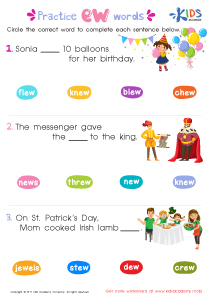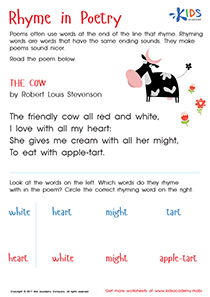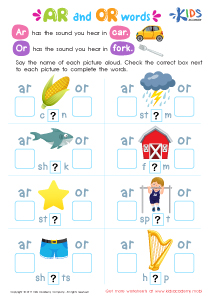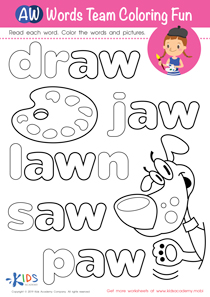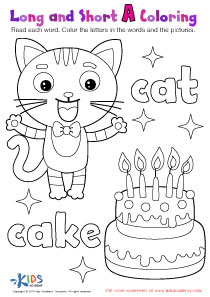Normal Difficulty Second Grade Vowels and Consonants Worksheets
10 filtered results
-
From - To
Grade 2 Interactive Vowels and Consonants Normal Difficulty Worksheets
Help your Grade 2 students master their vowel and consonant recognition with our Vowels and Consonants Worksheets. Designed to be engaging and entertaining, these worksheets provide a fun way for children to develop their literacy skills. With a comprehensive range of activities included, students will have the opportunity to practice identifying vowels and consonants in words, as well as spelling and writing exercises. Our worksheets are perfect for use in the classroom or for homework, allowing students to continue learning outside of school hours. Invest in your students' futures with our Vowels and Consonants Worksheets today.
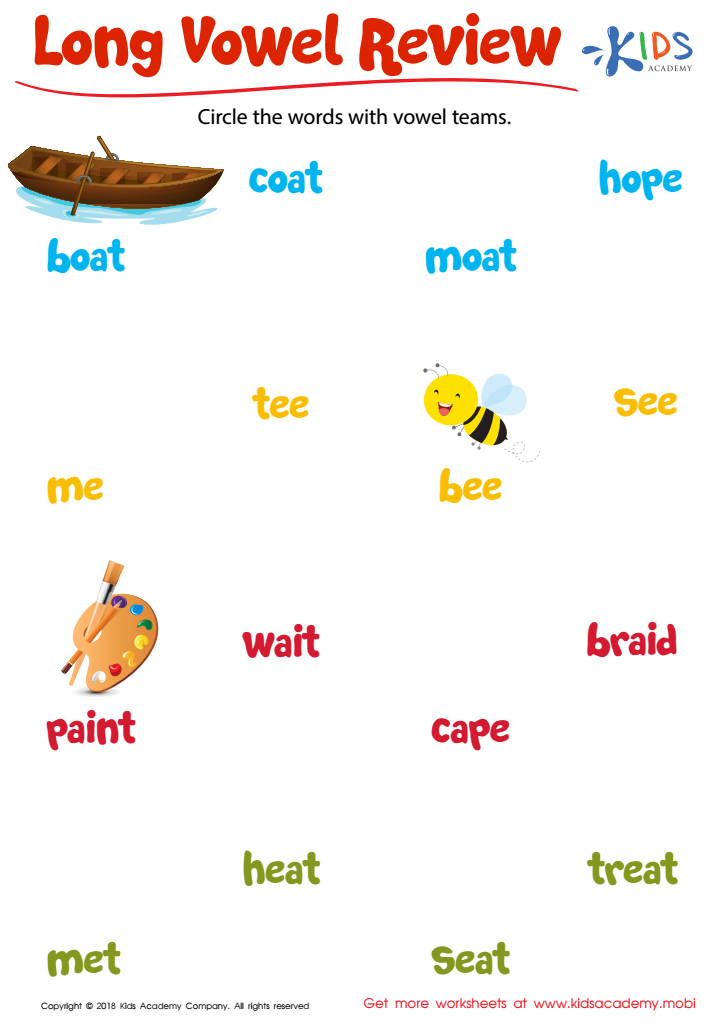

Long Vowel Review Worksheet
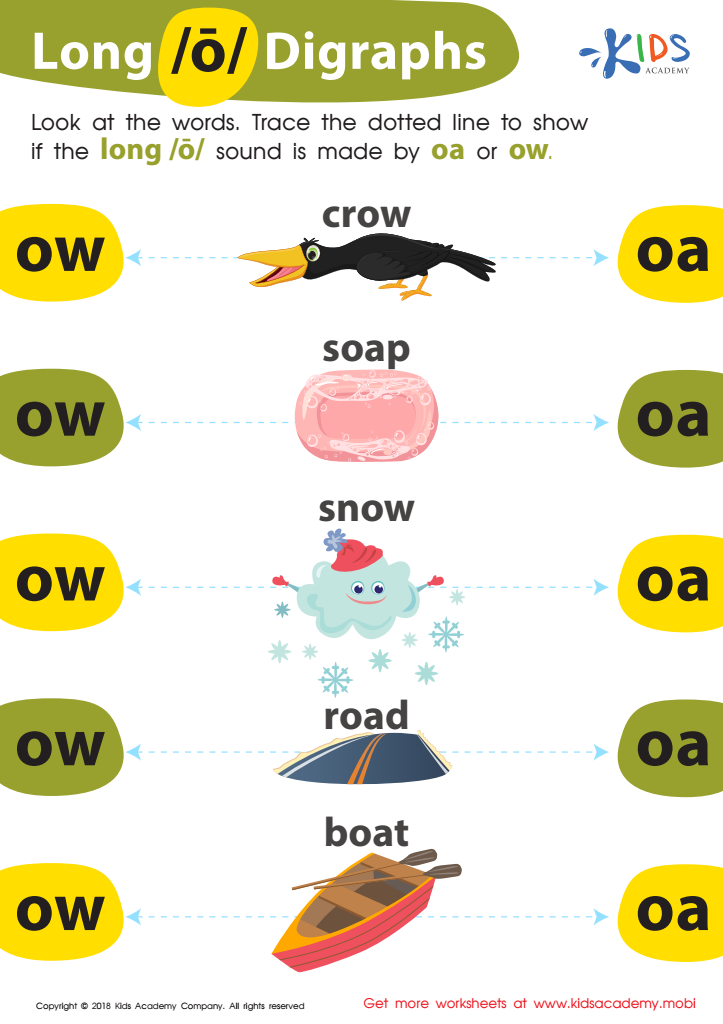

Reading: Long O Digraphs Worksheet
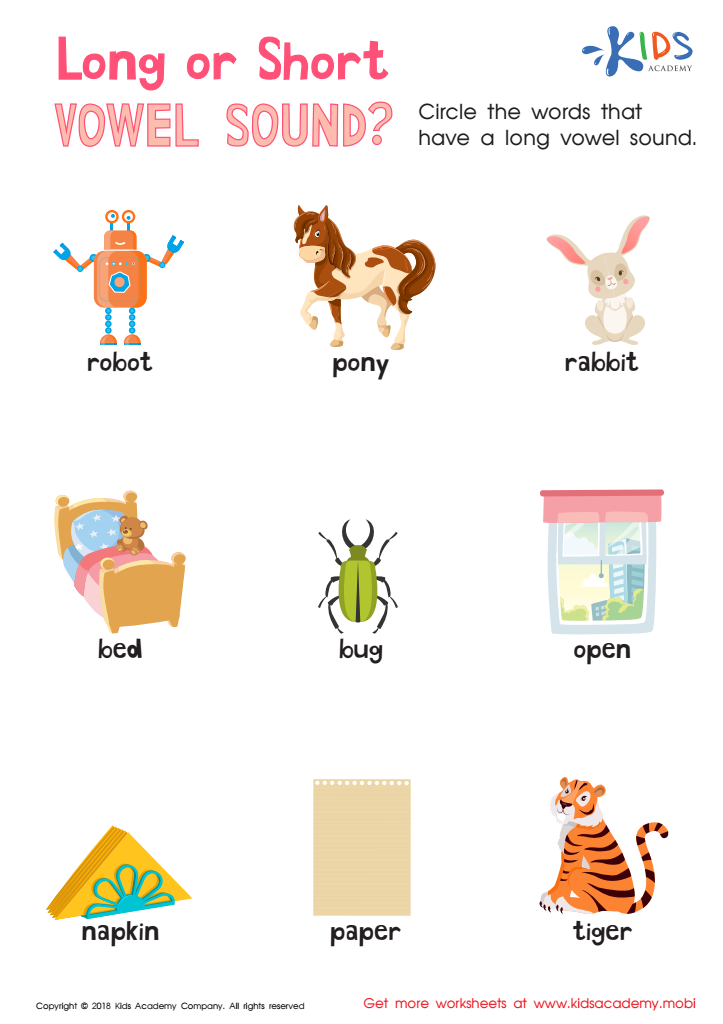

Long or Short Vowel Sound? Worksheet
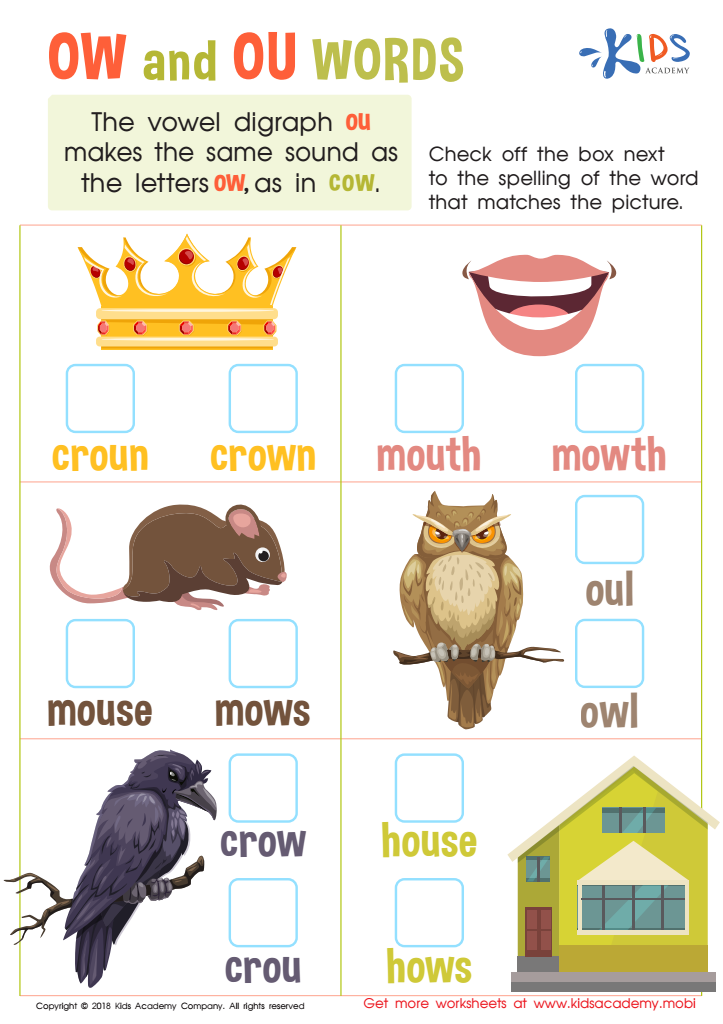

Reading: OW and OU Words Worksheet
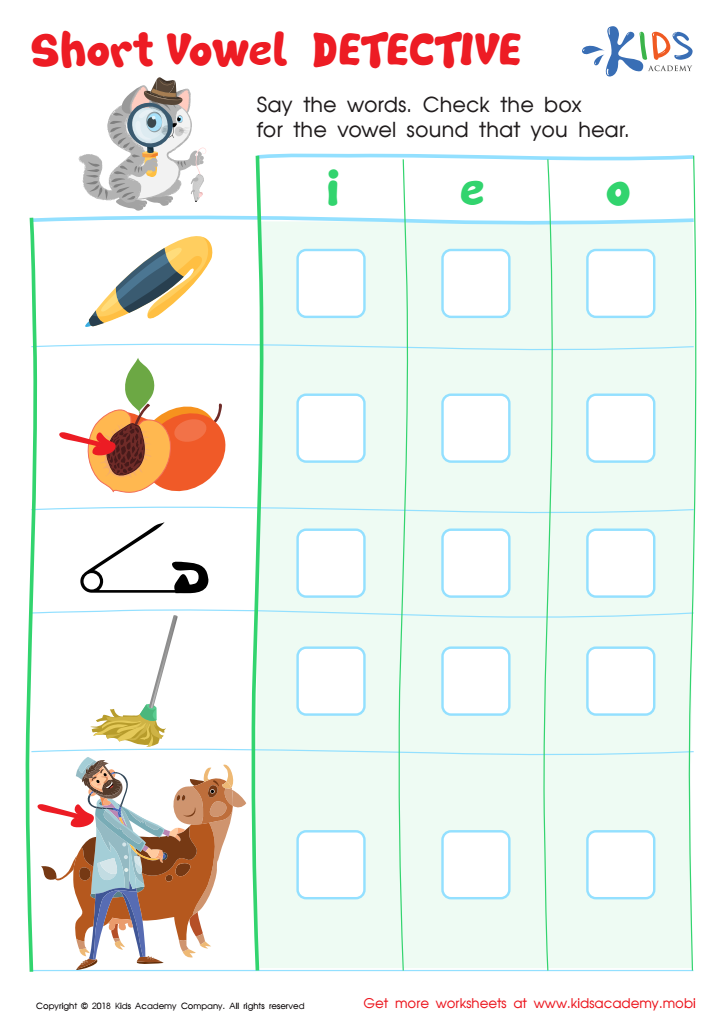

Short Vowel Detective Worksheet
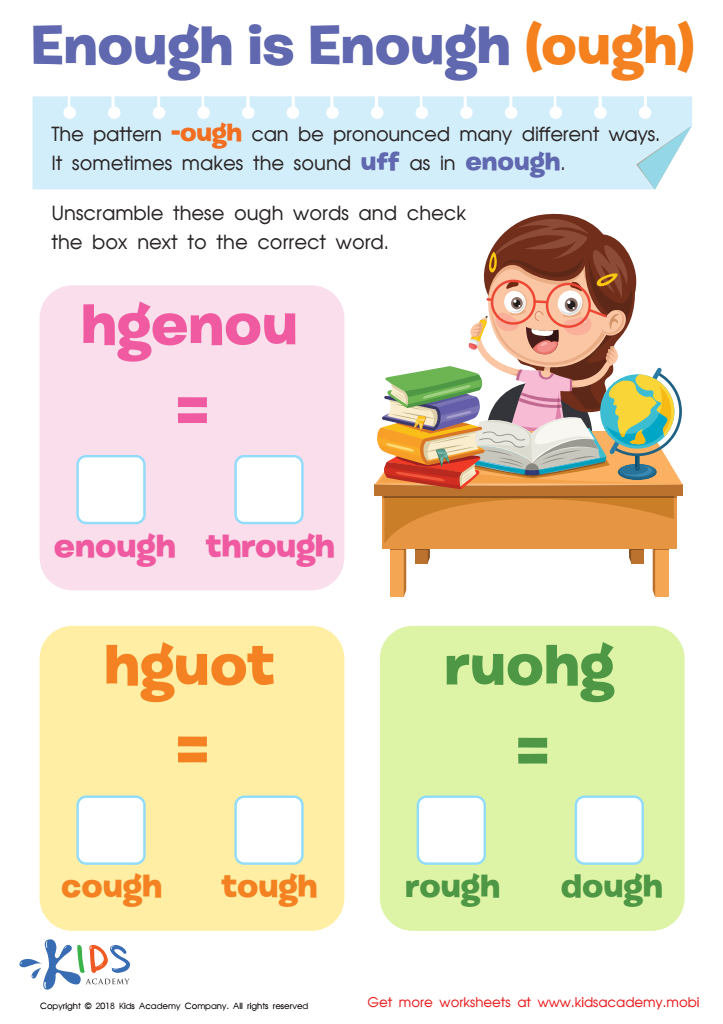

Enough Is Enough (ough) Worksheet
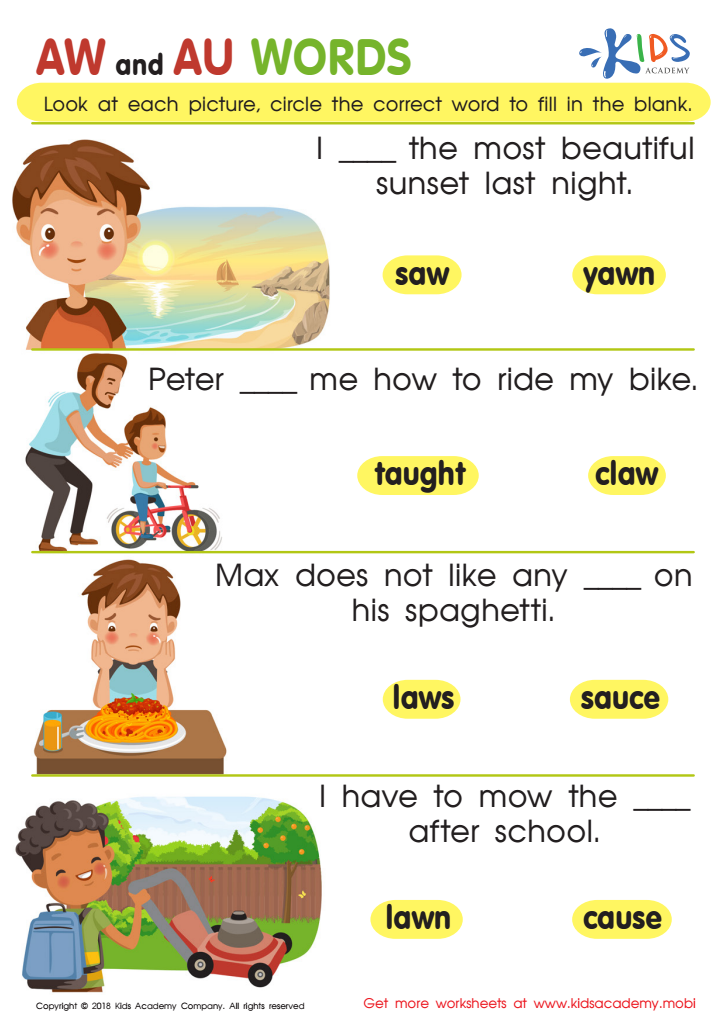

Reading: AW and AU Words Worksheet
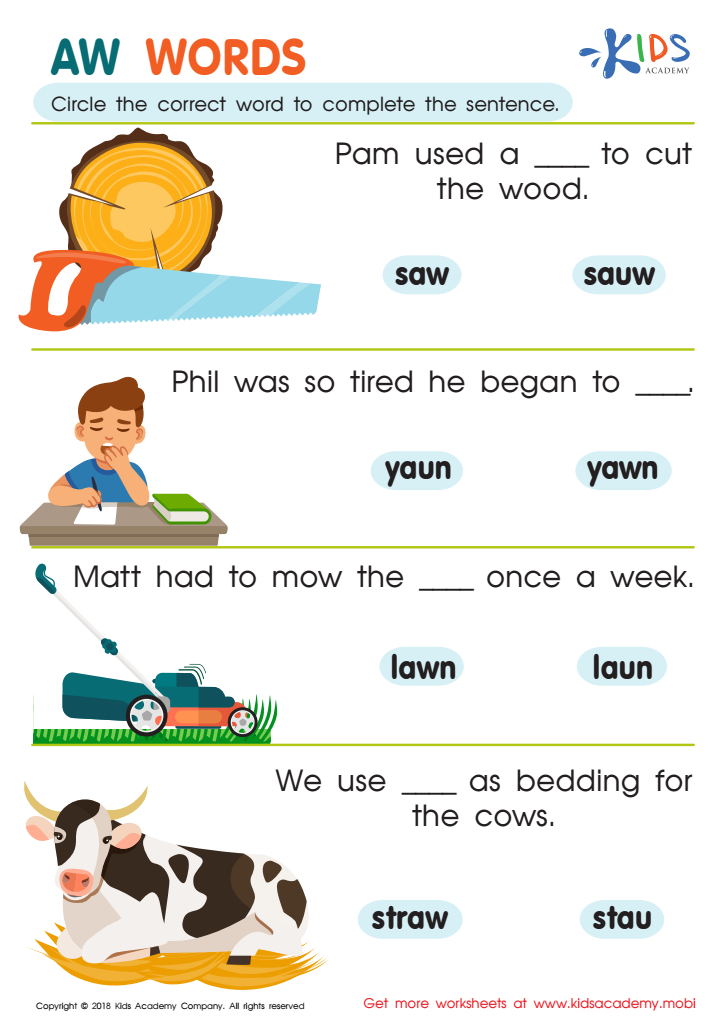

Reading: AW Words Worksheet
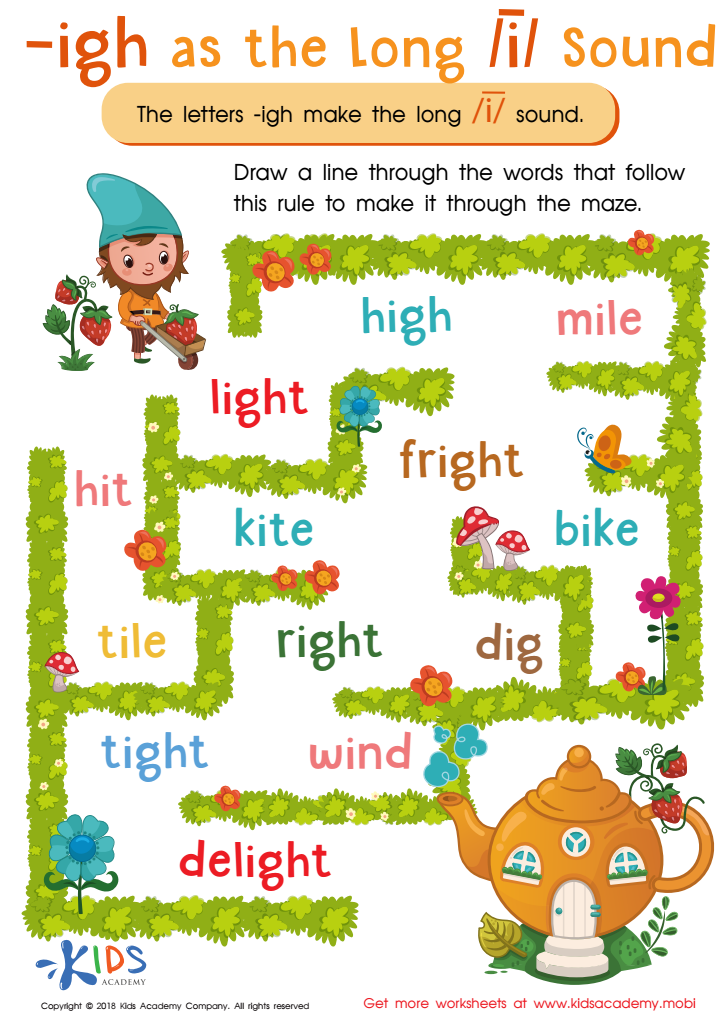

Reading: IGH as Long I Worksheet
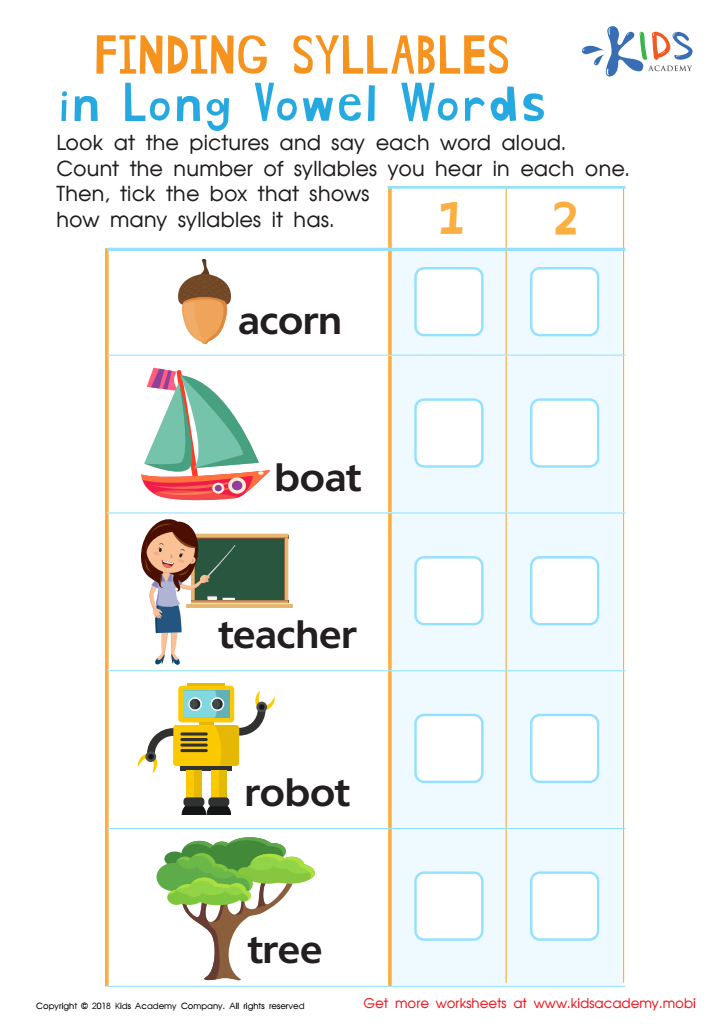

Finding Syllables in Long Vowel Words Worksheet
The Importance of Worksheets on Vowels and Consonants for Grade 2 Students
Vowels and consonants are two of the fundamental building blocks of the English language. A good grasp of these sounds is essential for any student looking to develop their reading and writing skills. This is why Normal Difficulty worksheets on vowels and consonants are so useful for students in Grade 2 and beyond.
At this stage in their educational development, students are beginning to transition from learning the basic mechanics of the English language to a deeper understanding of how it works. Vowels and consonants are the perfect starting point for this process. They are simple enough for young students to understand but complex enough to provide a foundation for more advanced concepts later on.
Vowels are sounds in which the air flows freely through the mouth or nose, creating a distinct sound that can be recognized in words. In contrast, consonants involve the closing or narrowing of some part of the mouth, which restricts the flow of air and creates a different sound. Understanding these basic differences is essential for decoding and sounding out words while reading.
Worksheets that focus on vowels and consonants help students to identify and differentiate between these sounds. They can practice identifying which sounds are vowels and which are consonants, as well as learn the different ways that vowels can sometimes make more than one sound. This is especially important for students who are struggling with reading or who are still learning to pronounce words correctly.
Moreover, Normal Difficulty worksheets on vowels and consonants also help students learn how to spell words correctly. This is because sometimes the letters in a word can be consonants or vowels, depending on the sound they are making. For instance, the letter "y" can represent a consonant or a vowel sound depending on the word. By practicing with worksheets, students can become familiar with these rules and gain a more solid grasp of the spelling of words.
In conclusion, Normal Difficulty worksheets on vowels and consonants are an incredibly useful tool for students in grade 2. They help to build the foundations of reading and writing skills, allowing students to develop their understanding of the English language and use this knowledge to confidently decode, read and spell words. Worksheets are a fantastic way for students to practice these skills on their own or in groups, making it a valuable addition to any language arts or English curriculum.
 Assign to the classroom
Assign to the classroom
